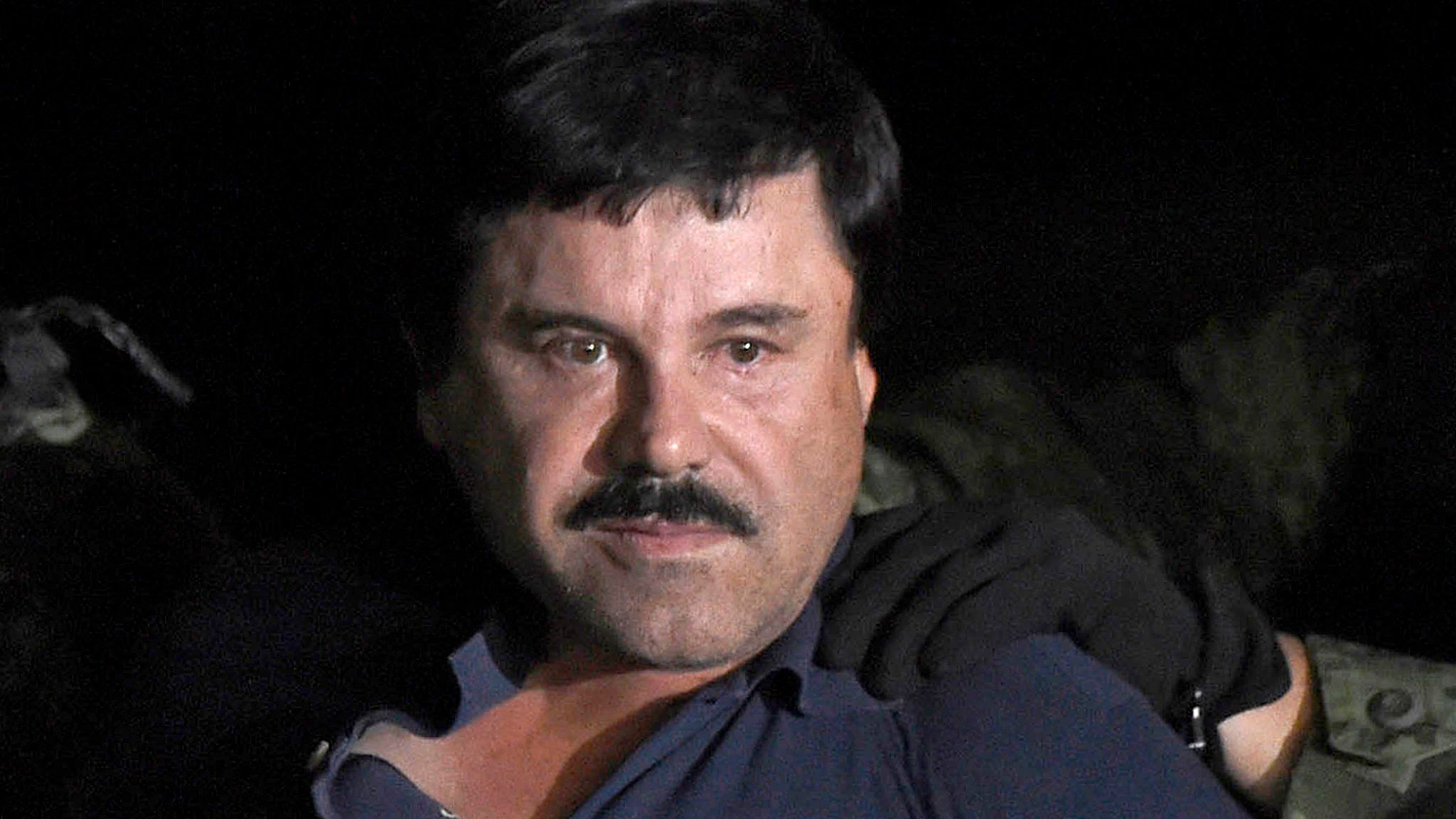[ad_1]
World
Boeing discovers flaw in sought-after 737 Max simulator
Tuesday, May 21, 2019 11:44
By THE NEW YORK TIMES

Since the two fatal crashes of the Boeing 737 Max, airlines around the world have moved to buy flight simulators to train their pilots.
They don’t always work.
Boeing recently discovered that the simulators could not accurately replicate the difficult conditions created by a malfunctioning anti-stall system, which played a role in both disasters.
The simulators did not reflect the immense force that it would take for pilots to regain control of the aircraft once the system activated on a plane traveling at a high speed.
The mistake is likely to intensify concerns about Boeing, as it tries to regain credibility after the crashes of Lion Air and Ethiopian Airlines flights.
In the months since the disasters, Boeing has faced criticism for serious oversights in the Max’s design. The anti-stall system was designed with a single point of failure.
A warning light that Boeing thought was standard turned out to be part of a premium add-on.
“Every day, there is new news about something not being disclosed or something was done in error or was not complete,” said Dennis Tajer, a spokesman for the American Airlines pilots union and a 737 pilot.
The training procedures have been a source of contention. Boeing has maintained that simulator training is not necessary for the 737 Max and regulators do not require it, but many airlines bought the multimillion-dollar machines to give their pilots more practice. Some pilots want ongoing simulator training.
The flight simulators, on-the-ground versions of cockpits that mimic the flying experience, are not made by Boeing. But Boeing provides the underlying information on which they are designed and built.
“Boeing has made corrections to the 737 Max simulator software and has provided additional information to device operators to ensure that the simulator experience is representative across different flight conditions,” said Gordon Johndroe, a Boeing spokesman.
“Boeing is working closely with the device manufacturers and regulators on these changes and improvements, and to ensure that customer training is not disrupted.”
In recent weeks, Boeing has been developing a fix to the system, known as MCAS.
As part of that work, the company tried to test on a simulator how the updated system would perform, including by replicating the problems with the doomed Ethiopian Airlines flight.
It re-created the actions of the pilots on that flight, including taking manual control of the plane as outlined by Boeing’s recommended procedures.
When MCAS activates erroneously, pilots are supposed to turn off the electricity to a motor that allows the system to push the plane toward the ground.
Then, pilots need to crank a wheel to right the plane. They have limited time to act.
On the Ethiopian flight, the pilots struggled to turn the wheel while the plane was moving at a high speed, when there is immense pressure on the tail.
The simulators did not properly match those conditions, and Boeing pilots found that the wheel was far easier to turn than it should have been.
Regulators are now trying to determine what training will be required.
When the Max was introduced, Boeing believed that pilots did not need experience on the flight simulators, and the Federal Aviation Administration agreed.
Many pilots learned about the plane on iPads. And they were not informed about the anti-stall system.
The limited training was a selling point of the plane. It can cost airlines tens of millions of dollars to maintain and operate flight simulators over the life of an aircraft.
After the first crash, Boeing gave airlines and pilots a full rundown of MCAS. But the company and regulators said additional training was not necessary. Simply knowing about the system would be sufficient.
In a tense meeting with the American Airlines pilots union after the crash, a Boeing vice president, Mike Sinnett, said he was confident that pilots were equipped to deal with problems, according to an audio recording review by The New York Times.
A top Boeing test pilot, Craig Bomben, agreed, saying “I don’t know that understanding the system would have changed the outcome of this.”
Since the Ethiopian Airlines disaster in March, lawmakers and regulators are taking a closer look at the training procedures for the 737 Max, and whether they should be more robust.
At a congressional hearing this week, the acting head of the FAA, Daniel Elwell, testified that MCAS should “have been more adequately explained.”
Boeing said Thursday that it had completed its fix to the 737 Max. Along with changes to the anti-stall system, the fix will include additional education for pilots.
The company still has to submit the changes to regulators, who will need to approve them before the plane can start flying again.
The updates are not expected to include training on simulators, but the FAA and other global regulators could push to require it.
“The FAA is aware that Boeing Co. is working with the manufacturers of Boeing 737 MAX flight simulators,” a spokesman for the agency said in an emailed statement. “The FAA will review any proposed adjustments as part of its ongoing oversight of the company’s efforts to address safety concerns.”
Airlines have been pushing to get more simulators and develop their own training.
Pilots at American Airlines, which began asking for simulators when they started flying the planes, ratcheted up their requests after the Lion Air crash.
Regardless of what the FAA requires, the union believes pilots should get the experience. A spokesman for the airline said it had ordered a simulator that would be up and running by December.
“We value simulators in this situation,” Tajer said.
“It’s not a condition of the Max flying again, but it is something we want.”
[ad_2]
Source link
Kenyan Business Feed is the top Kenyan Business Blog. We share news from Kenya and across the region. To contact us with any alert, please email us to [email protected]









